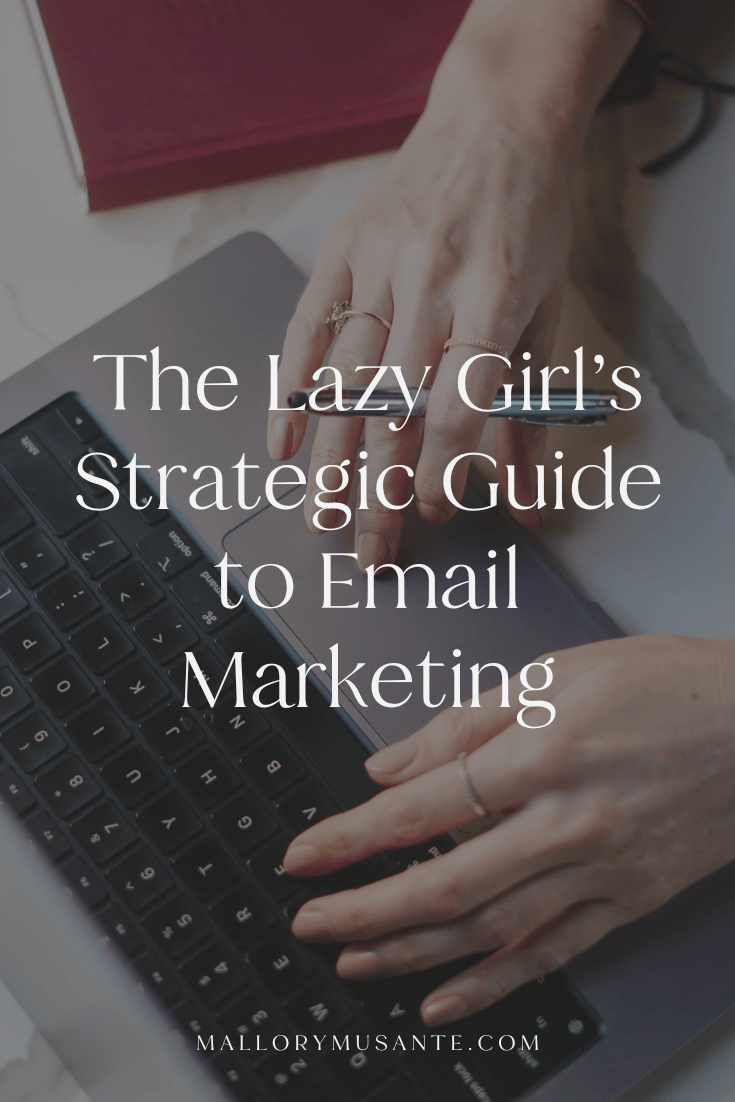How to integrate storytelling into your content strategy
In a recent report from Headstream on brand storytelling, it was found that if consumers resonated with a brand’s story, 55% were more likely to purchase in the future, 44% would share the story, and 15% would buy the product immediately.
Think about the content you consume. What sticks out the most? What do you remember about brands posting on social or their blogs? What do the viral videos you see have in common?
Almost all of them involve some form of storytelling.
We remember stories better than we remember facts and figures. That’s because stories make us feel something. We can often relate to them from our own personal experiences which means they stay in our minds much longer than other forms of marketing.
This research has also indicated that brands who invest in creative and authentic storytelling methods actually connect significantly more with their audience and build more loyalty in the long-term.
If that’s not enough evidence that you should be incorporating storytelling into your content strategy, I don’t know what is! But I also know integrating storytelling into your content can feel like an insurmountable task so I’m here to share some tips to help make it second-nature.
Where to use storytelling in your content strategy
First things first, let’s discuss where you can actually integrate storytelling into your marketing.
Website copy: Most people think their website copy should give people the who, what, why, and how of their business without much fluff but when you share a compelling story and illustrate the benefits of your product/service in a story format, you’re website copy will be incredibly effective and help increase conversions.
Social media: This is probably the one place you think to integrate storytelling but may have a little trouble since it’s a slightly shorter format and keeping a story succinct is a challenge for most. (I have some tips below!) This is the one area that you probably have regular connection with your target market so sharing stories here will be a great way to nurture those relationships.
Blog posts: Your blog posts are likely to be more informational/educational but sharing little bits and pieces of stories within those posts can help built that connection. Your target market gets to learn something while you also built a stronger relationship with them.
Email marketing: This is probably one of my favorite places to storytell. The people on your email list are your most loyal fans (I mean, sharing our email addresses with brands is not something most of us take lightly!) This means the stories you share with your list should be thorough and really hit home with your audience. For example, I recently shared a heartfelt story about how I fell into the trap of working in my business instead of ON my business and what I was doing to fix that.
Case studies: This might be an unlikely place to think to share stories but I have found telling the story/evolution of a project gives a much clearer picture not just of the outcome but also of what it’s like to work with you. It gives prospective clients a look into your process which helps build trust with them. (Read more about crafting an effective case study here!)
Where to draw inspiration for your stories
You can draw inspirations from just about anywhere. I often pull inspiration from lessons I’ve learned from hiking/backpacking that translate into business lessons or other areas of my life as well as, of course, my business life. Once you start looking for stories and connections, it will start to become second nature but here are a few places to start for some inspiration:
Your own transformation/experiences: This shows you know WTF you’re doing and can help get your clients the same results while also forming that connection with them that you’ve once been in their shoes.
A lesson you’ve recently learned that will resonate with audience: An example of this would be what I shared earlier in this post about how I recently shared about how I fell into the trap of working in my business instead of on my business and what I was doing to fix that with my email list.
Conversations you have with clients or your audience: Have you noticed similar themes and topics coming up in your everyday conversations? You can share a little insight into one of these conversations and any conclusions/advice/observations/lessons you want others to know.
Testimonials: While I love to share the exact testimonial clients give me in certain places, I also love to use little snippets of what they say to craft a bigger story around it. This not only builds credibility and trust because of the testimonial snippet but it also shares more context and information with my audience. Here’s an example of how I’ve done this on Instagram.
How to craft an effective story for your brand
Now that you have some ideas on where to draw inspiration from and where you may want to share the story, we can start to craft it! First it’s important to know what your target market is looking for (their desired outcome from your services/offerings) and pairing it with your brand’s key messaging will help you craft really effective stories. If you don’t know this, you may want to start with a little market research and target market analysis.
First thing I recommend doing when crafting your story is write the entire thing out in a stream of consciousness. Don’t worry about editing right now… just get the story written down. This will get the meat of the story out of your head so you can start to edit it to fit the format you need it in later.
Now think of how you were taught to write stories as a kid, does it have a beginning, middle, and end? Is there a hook that keeps people interested and engaged with the story? What’s the climax of the story?
Depending on where you’ll be sharing this story, revisit it in a day or two to remover all the “fluff” unless it adds a little something-something to the story. You want to try to keep the story as concise as possible and only share the most relevant information while still being entertaining.
Here are a few things to keep top of mind when crafting your story:
What’s the purpose? What is the point you want to make? Make sure this is crystal clear.
How can you keep your audience engaged with the story? What’s relatable? Fun anecdote? etc.
Filtering your story through this lens will help you keep the story relevant and concise so your audience is never like, “Ughh get to the point!”
Important statistic to also keep in mind: The Headstream report also stated that 66% of consumers believe the most impactful brand stories are based on regular people so make sure you have a heartfelt human connection in there.
How to weave the brand’s story into everyday content
Knowing exactly what your key messaging is for your brand will help you easily weave these stories into your content strategy on a consistent basis. Your key messaging helps you know exactly what you should share with your audience to connect with them and share the important pieces of information that you want your brand to convey. Overall, it helps you know the points you want to make in your broader content strategy so you can then select the stories to share that will actually resonate with your audience while also sharing your brand’s specific story.
I recommend having 3-5 key pieces of messaging for your brand. Some of your content will touch on just one piece while others may touch on a few. Cycling through this various messaging will keep your stories and messaging relevant and on target.
Storytelling is, in my opinion, the most effective form of content we can intertwine into our marketing strategy. It connects on such a deep, human level and makes your brand so much more memorable in the eyes of your target market. That way even if they don’t purchase from you right now, they’ll remember the stories you’ve told along the way that have connected with them so when they are ready to purchase, they’ll come to you first.
Want even more help with your marketing?
My Strategy Intensives provide you with a complete brand and marketing strategy based on market research and analysis and your own business metrics.
My 60-minute sessions are great if you need help brainstorming or working through a specific challenge.
Not sure what you need but know you could use some support? Reach out and I’ll help guide you in the right direction (whether that’s working with me or not!)































